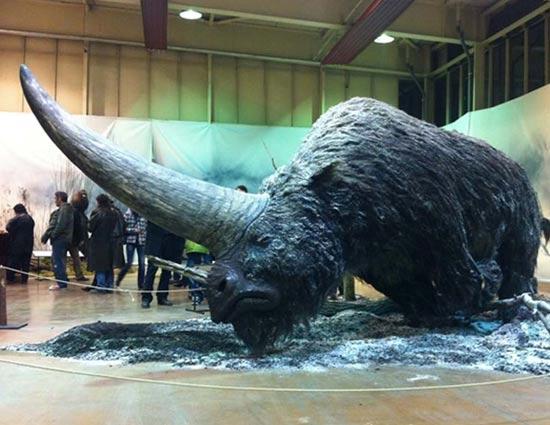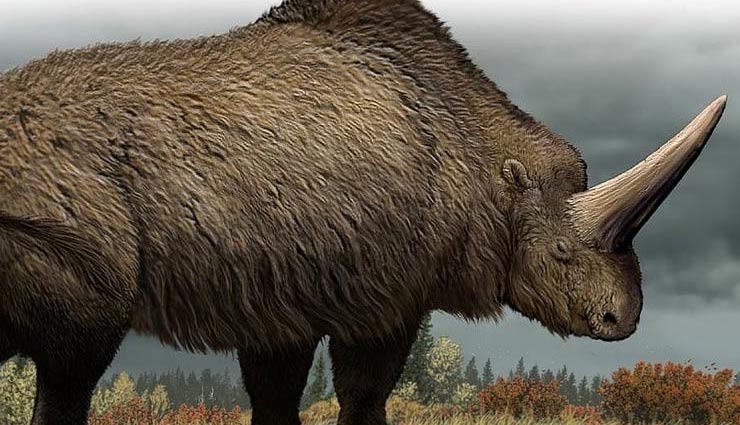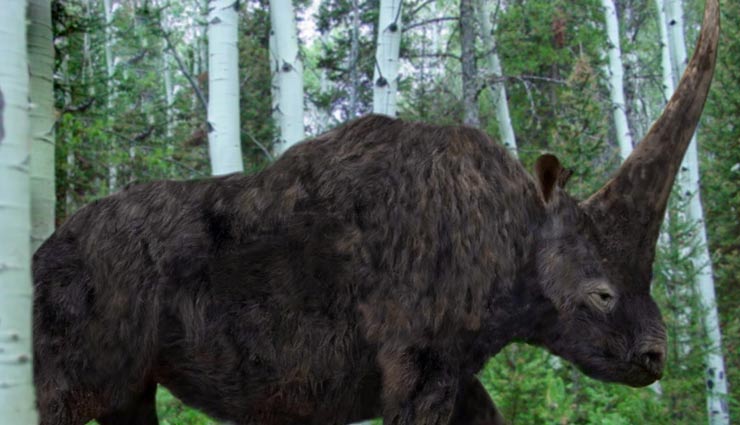What Happened To The Last One-Horned Giant Rhinoceros?
By: Pinki Thu, 10 Aug 2017 1:15:33

Elasmotherium, also known as the Giant Rhinoceros or the Giant Siberian Unicorn, is an extinct species of rhino that lived in the Eurasian area in the Late Pliocene and Pleistocene eras. They have been documented from 2.6 million years ago, but the most recent fossils come from around 29,000 years ago. The best known of this species, the E. sibiricum , was the size of a mammoth, covered in hair, and is thought to have had a large horn protruding from its forehead, hence the title “Siberian Unicorn”. According to early estimated descriptions, the beast stood around 2 meters (6.56 ft.) tall, 4.5 meters (14.76 ft.) long, and weighted an impressive 4 tonnes.
In March 2016, a beautifully preserved skull was found in the Pavlodar region of Kazakhstan proving that the animal lived until the Pleistocene era, some 29,000 years ago, instead of the previously held belief that they had died out 350,000 years ago. Based on the size and condition of the skull, it has been suggested that it was a very old male, but it is uncertain how the beast died.

Various theories have arisen concerning the look of the Siberian unicorn, along with its nutrition and habits due to the wide variation in reconstructions. Some show the beast galloping like a horse; others hunched over with head to the ground, like a bison, and others immersed in a swamp like a hippo.

The issue of the horn is highly debated, typically concerning whether there was one, or not, how large it was, and what it was used for. Theories on the function of the horn range from defense, attracting mates, driving away competitors, sweeping snow from the grass, and digging for water and plant roots. Since the beasts were herbivores, like our modern rhinos, this horn could not have been used to attack or kill prey. Only circumstantial evidence exists from sparse specimens to prove whether the beast was horned or not, and whether it was hairy or bald. However, there is some evidence to suggest that the creature was covered in hair, like the more well-known woolly mammoth.





-1713979511-lb.jpg)